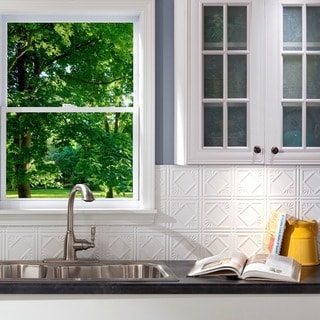[ad_1]
Energy audits are important elements when it comes to energy management. That’s why they should be done right. A good energy audit takes time. You need the right energy auditor. Remember, you can only switch to a new supply or compare rates at Utility Bidder after getting recommendations from an audit report. An energy audit report will be used to improve your company’s energy efficiency. Here are the top ten energy audit problems you should be aware of.
Insufficient Review
Inadequate energy review is a grave mistake when carrying out an energy audit. Inadequate review can lead to non-calculation errors. For instance, mistakes like duplicated section reports and making assumptions can lead to non-calculation errors.
Don’t assume that all non-condensing boilers come with a 95 percent efficiency. Be sure to use the right quality assurance procedures. Use the recommended review process. Use a standard template when interpreting reports.
Wrong Energy Saving Estimations
Don’t overestimate the energy-saving potential of a company. This is an error. Of course, accounting for all factors when it comes to energy-saving isn’t that easy. However, that doesn’t mean overstating the saving potential.
Overstating the saving potential will lead to unreasonable expectations. It will also lead to poor prioritization of the company’s measures. Use hourly models when calculating savings. Use the right tools to eliminate errors, mistakes, and poor modeling.
Poor Billing Analysis
Not carrying out enough billing analysis is a mistake. Billing analysis is used to measure and evaluate projects. They help understand the consumption patterns within a building. Billing analysis gives you a good relationship between the main variables used to predict future energy consumption.
Wrong Building Description
All the components within a building should be properly described. Don’t leave out certain components. A good audit should include all components within a building. This includes components like windows, walls, and roof components.
Your energy audit should focus on the HVAC system, lighting components, and water appliances. A detailed description identifies the systems that are using more energy. It will also help identify energy-saving opportunities.
Underestimating Installation Costs
Don’t underestimate or omit installation costs. They are important elements of energy audits. Ensure that these costs are reflected in your calculations. If you omit these calculations, the measures will be wrongly prioritized. This can lead to choosing expensive projects.
Selecting the Wrong Energy Savings Measure
You should select the right measures to save energy. Getting this process wrong is a huge energy audit error or mistake. Biased assumptions can also lead to making wrong choices when it comes to energy-saving measures. A good audit analysis should make genuine assumptions.
Equipment Life
Don’t overstate or omit equipment life. A good energy audit should give an accurate lifecycle-based requirement cost analysis. All equipment items should be included in the audit report. Correctly state the project life.
Opportunities
The scope of your cost-saving measures should be correctly stated. The measures should be described in detail. For instance, you should include the location and number of items required. You need design schematics. Things like testing requirements and repairs are also needed.
The Bottom-Line
Inadequate review and poor energy billing analysis are some of the main energy audit problems. Also, you should keep an eye on energy audit problems such as poor billing analysis and estimation issues. The above are the main energy audit problems every energy manager should be aware of.
[ad_2]
Source link





































